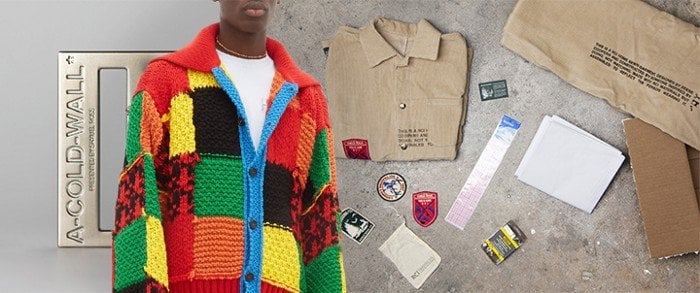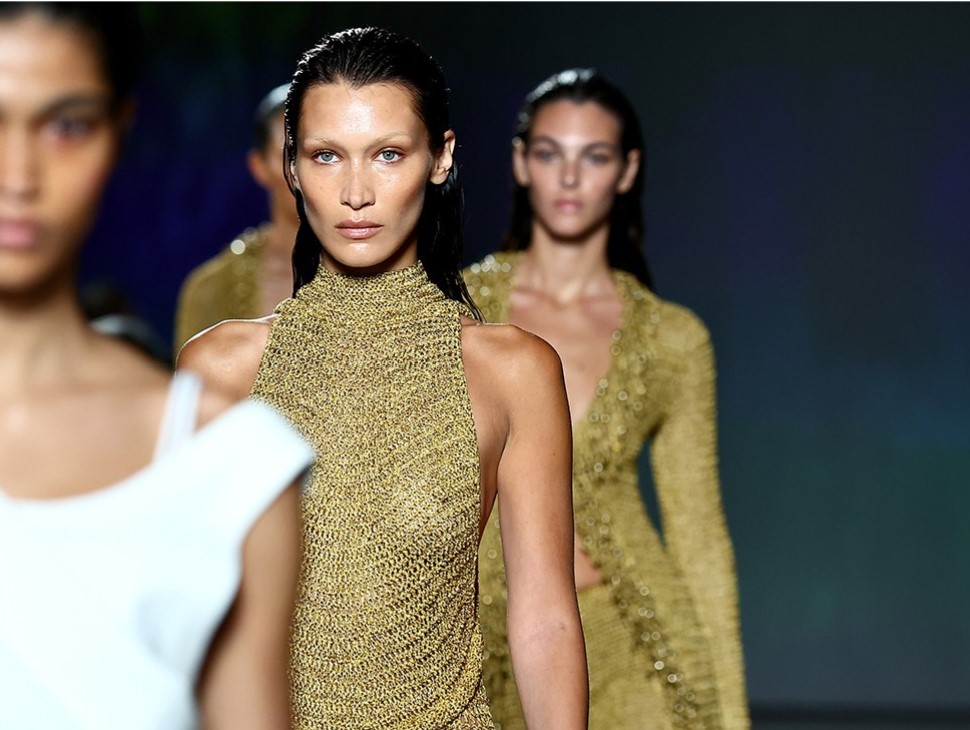2020 Macro Trend: Creativity 2.0
Creativity is constantly evolving, and social media, a relatively recent development, has democratized the creative process in a way that would not have been possible even 10 years ago. Everything around us has become a canvas for expression, from the clothes we wear to the images we post online. With the barriers to create and share content so low, too many have converted to conformity and forgotten about the creative potential of the internet. In an endless pursuit of likes and followers, we have created a vacuum of sameness that creatives are finding it hard to escape from. Now, opportunity lies in taking risks. To break free from the noise, brands and creators will need to look beyond engagement metrics and focus on the art of creating original, unique content.
The recent rise of TikTok supports this push for more creativity. Gen Z, the most digitally connected generation yet, is using the platform for artistic expression and to shed new light on important issues like mental health and climate change. Feroza Aziz, a 17-year-old from New Jersey, went viral last November after posting a TikTok masked as a “makeup tutorial,” in which Aziz stops after curling her eyelashes to discuss the Uighur crisis in China. At just 16, Em Odesser also took a creative approach to activism with the creation of Teen Eye Magazine, an online publication run completely by and for creators under the age of 19.
The drive for innovation and rally around sustainability is helping push the boundaries of creativity as we know it. A more sustainable future depends on using what already exists to create something new. Faced with this challenge, companies like Evrnu are finding innovative ways to reuse resources that are already in circulation. Artist Gregg Moore approaches concerns over sustainable food consumption by using the waste bone of the cows to create elegant tableware for Blue Hill at Stone Barns.
True innovation and creativity lie at the intersection of disciplines, industries, and cultures. A new class of AI artists is redefining what it means to be creative in the digital age. At the same time, artist-in-residence programs at science and tech companies, like Integral Molecular in Philadelphia, are facilitating the creativity needed to solve some of the world’s most complex problems. By thinking outside of the box that they created for themselves, brands will be able to access ideas and connect with consumers that were otherwise out of reach. The future of creativity lies in cross-disciplinary collaboration.
Micro Trends
- The Golden Era
Since its inception, social media and other digital tools have enhanced the creativity of future generations, giving them a powerful voice and the ability to build communities around their creations. At the same time, the unyielding demand for more content and desire for likes has homogenized what was once a diverse landscape of self-expression. Brands and creators will need to look beyond engagement metrics and focus on the art of creating original content in order to find success in an increasingly competitive marketplace.
2. Artful Design
The line between art and fashion is blurring as designers find new ways to connect with consumers through mixed disciplines. Supported by the slow living and craft movements, there’s an increased demand for garments that double as handcrafted works of art.
3. New Normality
More than 2 billion tons of waste is produced each year and resources are finite. Creatives are now faced with the challenge of making things out of what already exists in the world. A more sustainable fashion industry depends on finding innovative ways to reuse resources that are already in circulation and reframing the way we value our garments.
4. Uncharted Territory
Technological advancements are creating new opportunities for creative exploration, while creatives drive scientific innovation like never before. Opportunities for exploration are endless as we look toward a future of space travel, deep ocean discovery, medical advancements, and sustainable solutions.
If you’re interested in the full Creativity 2.0 report or want to learn more about trends that are growing — and dying, please contact hello@trendalytics.co


.png)